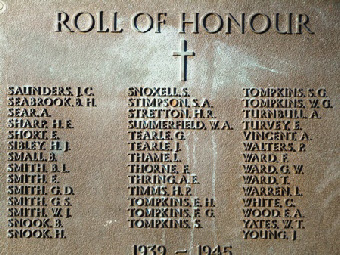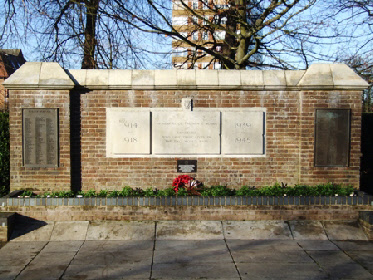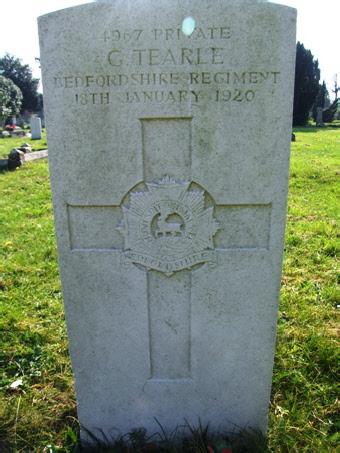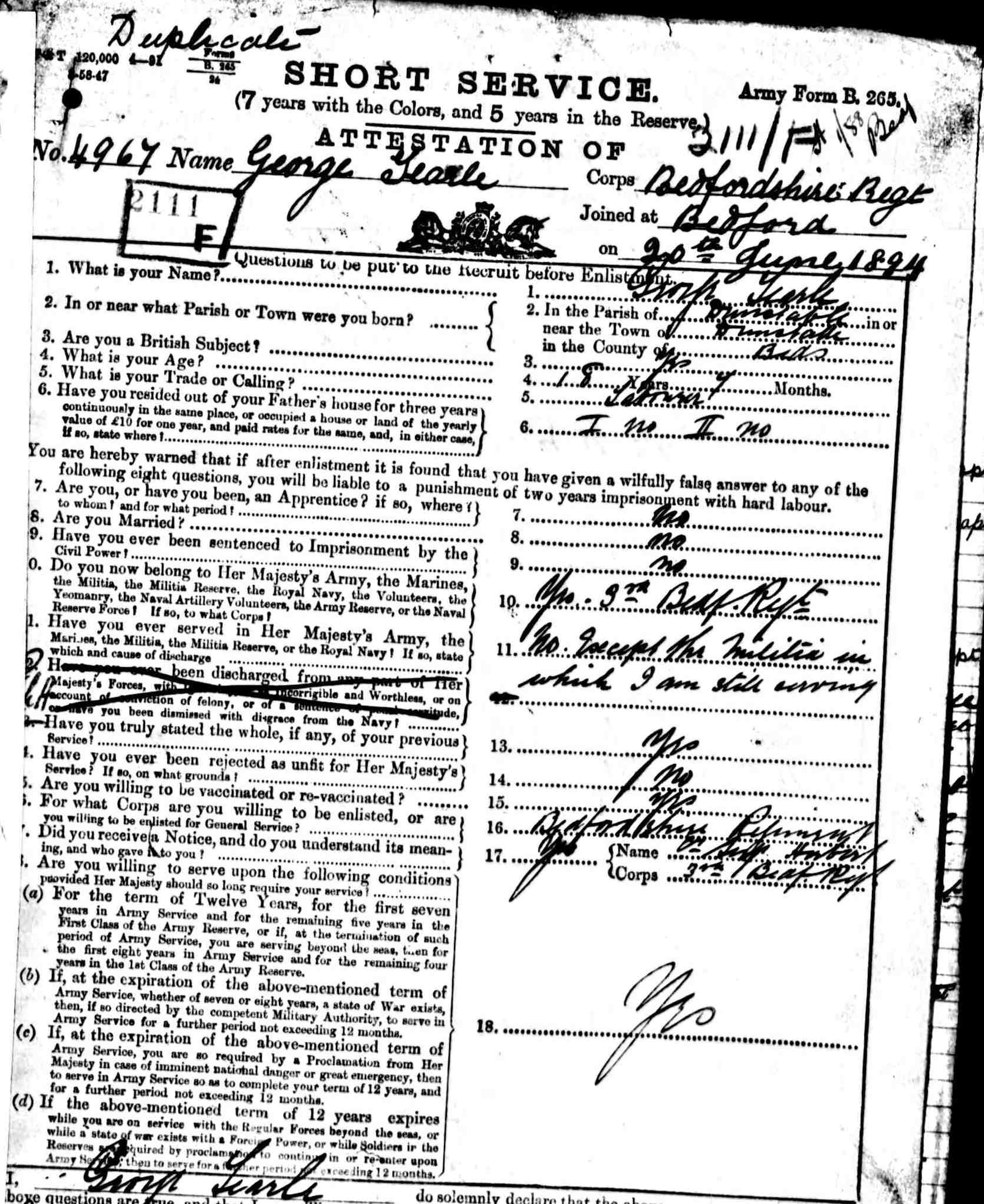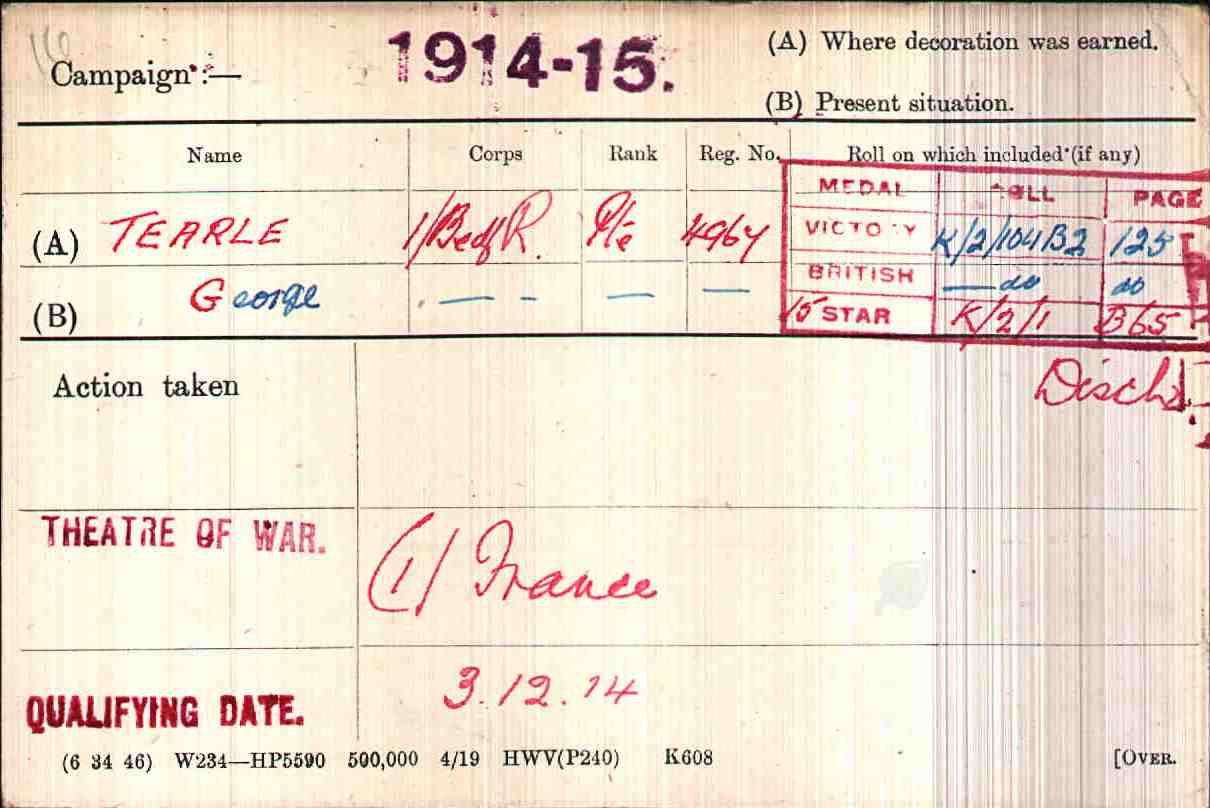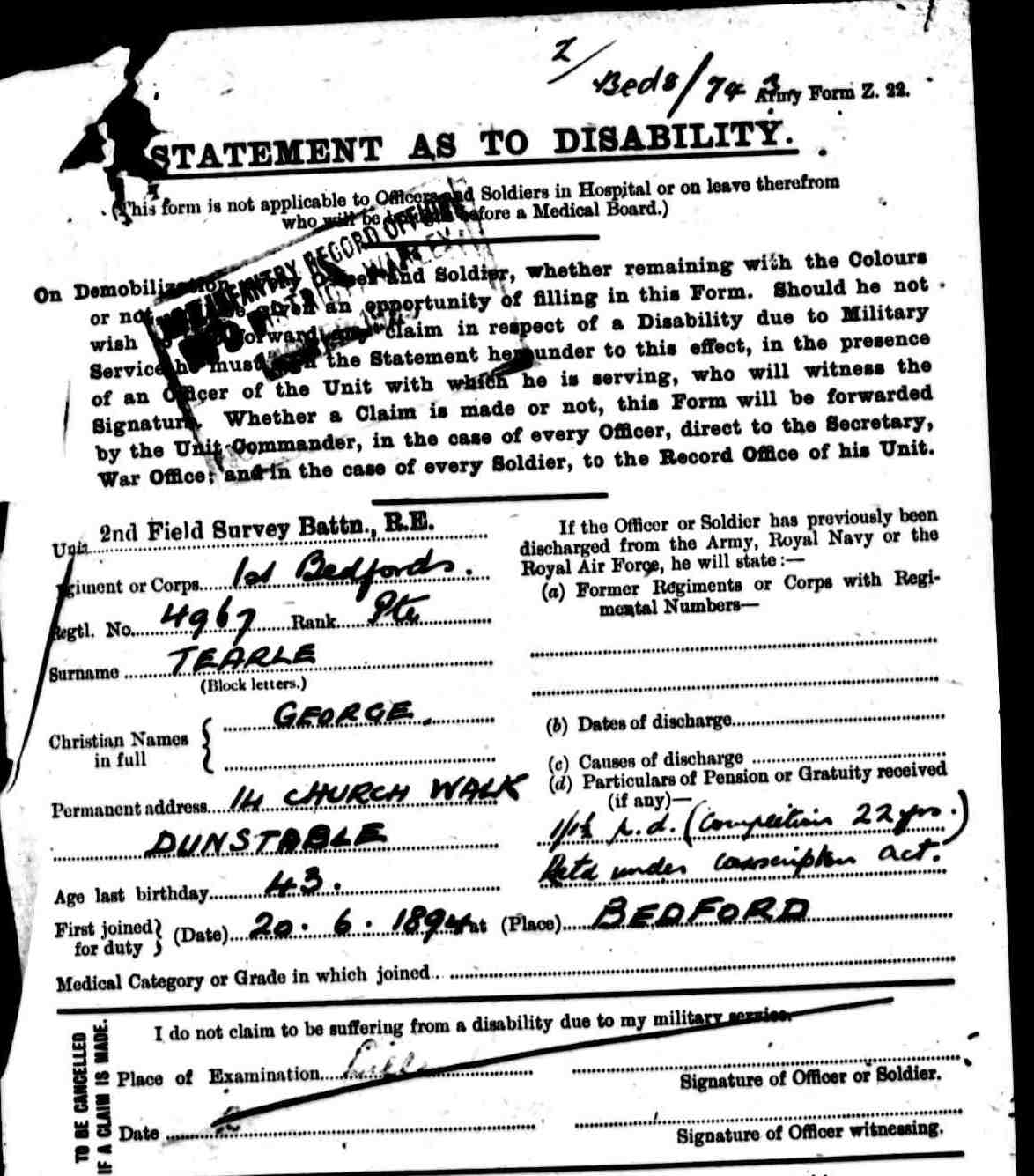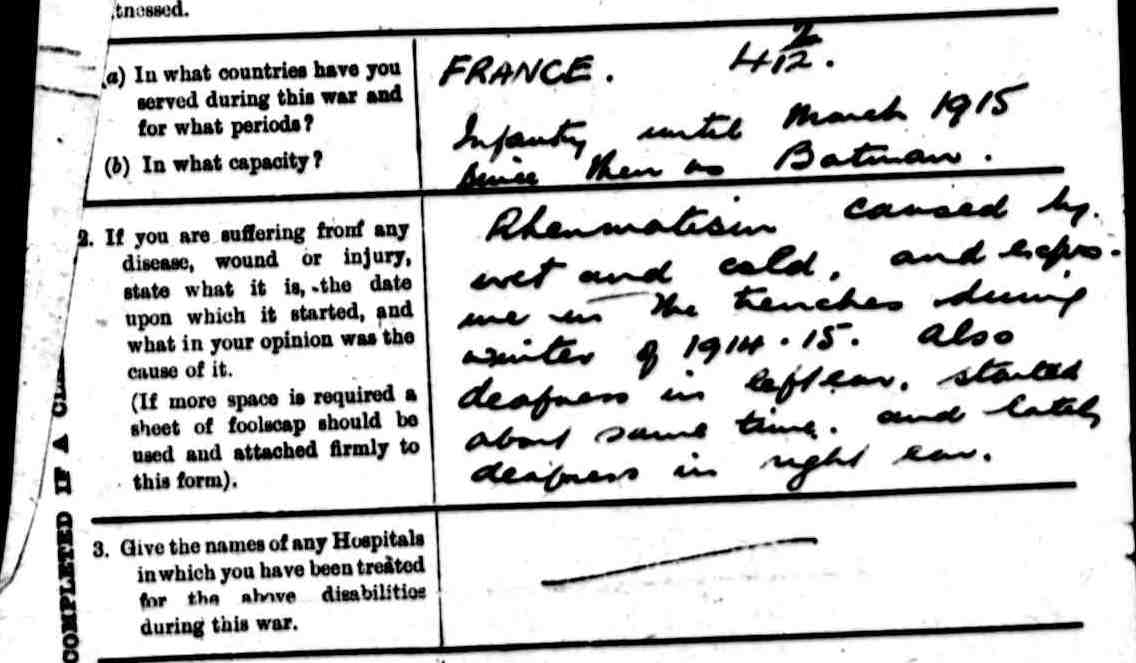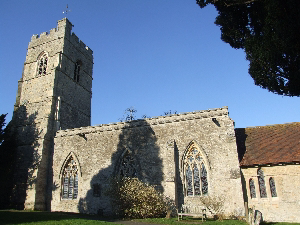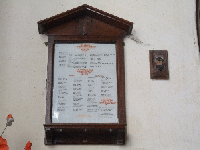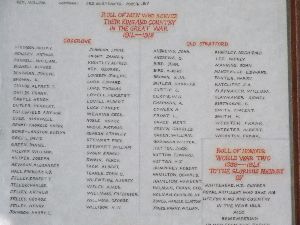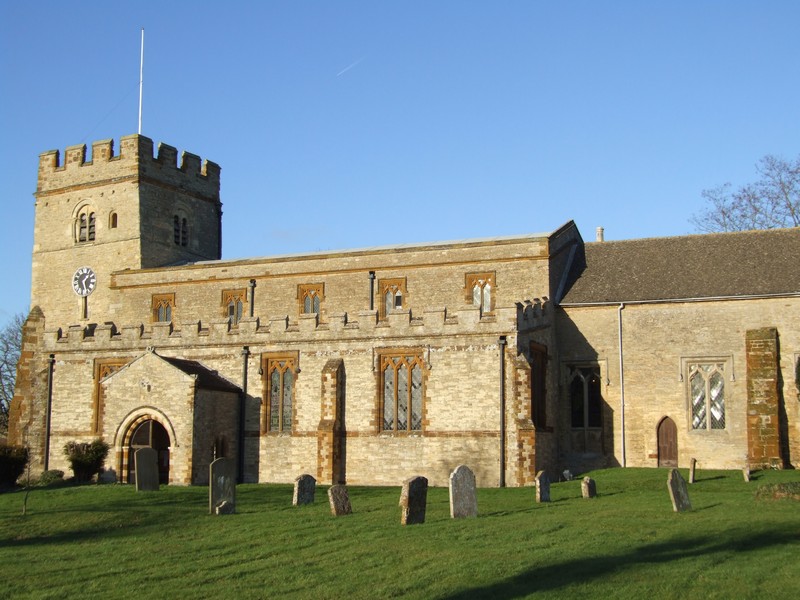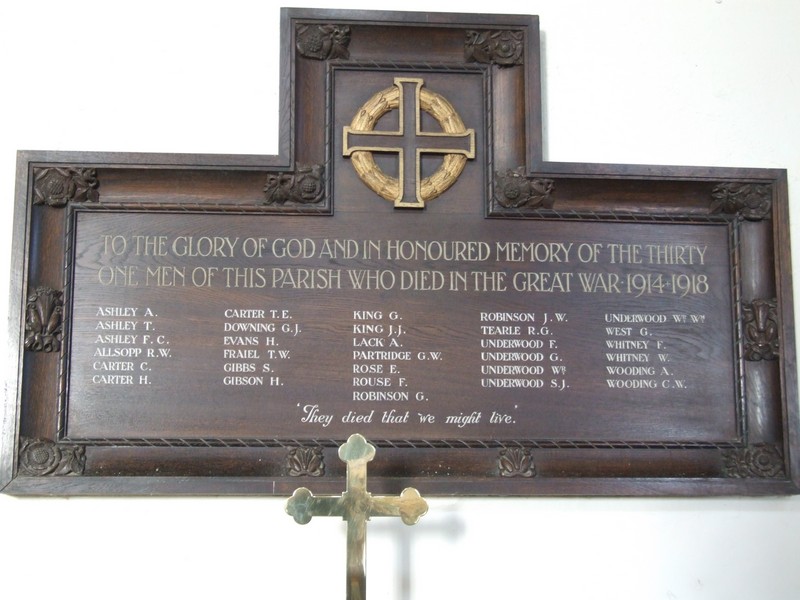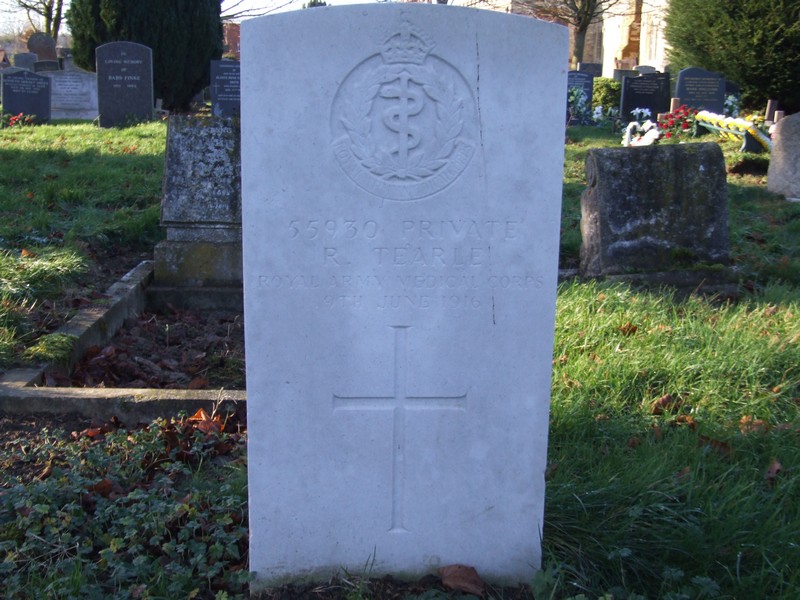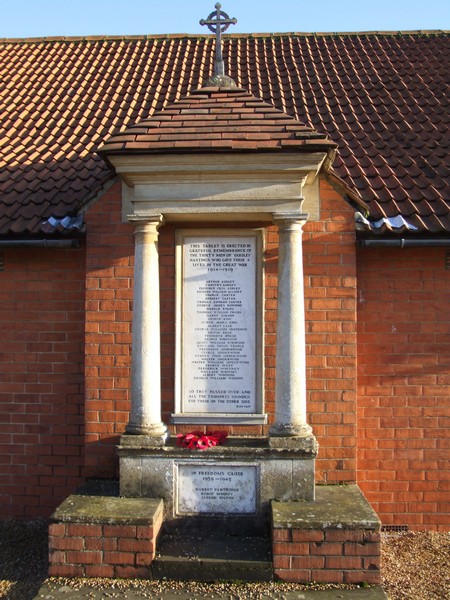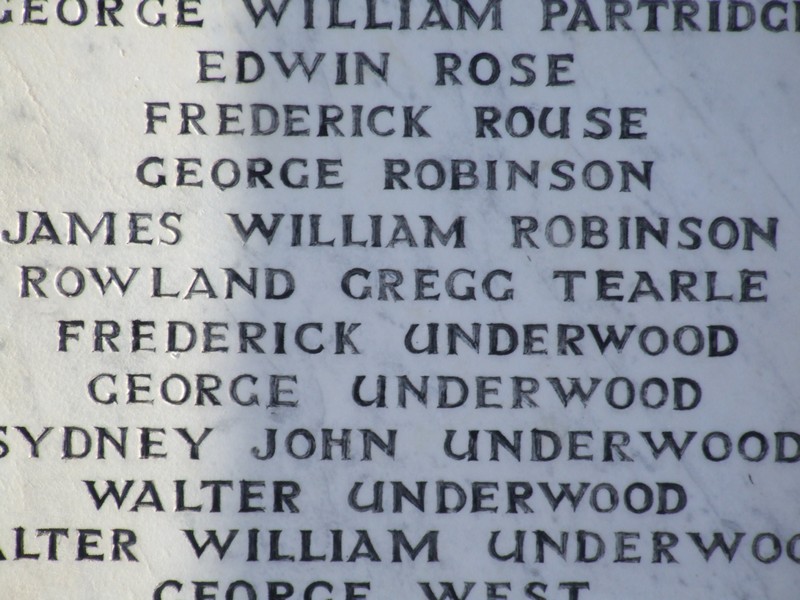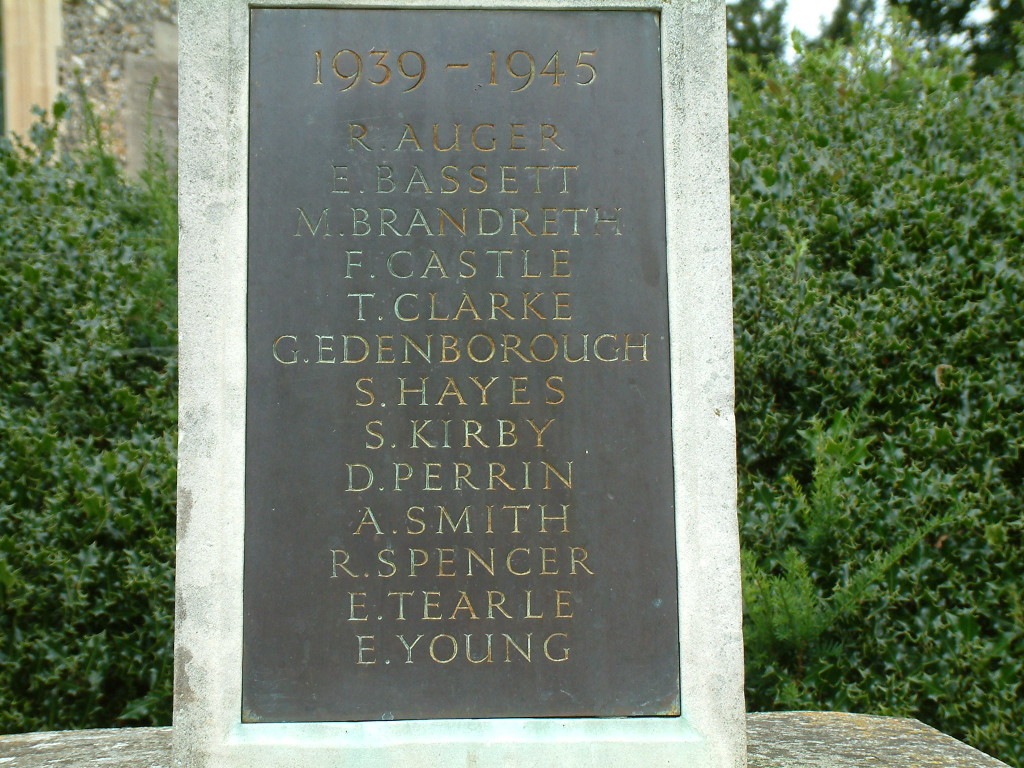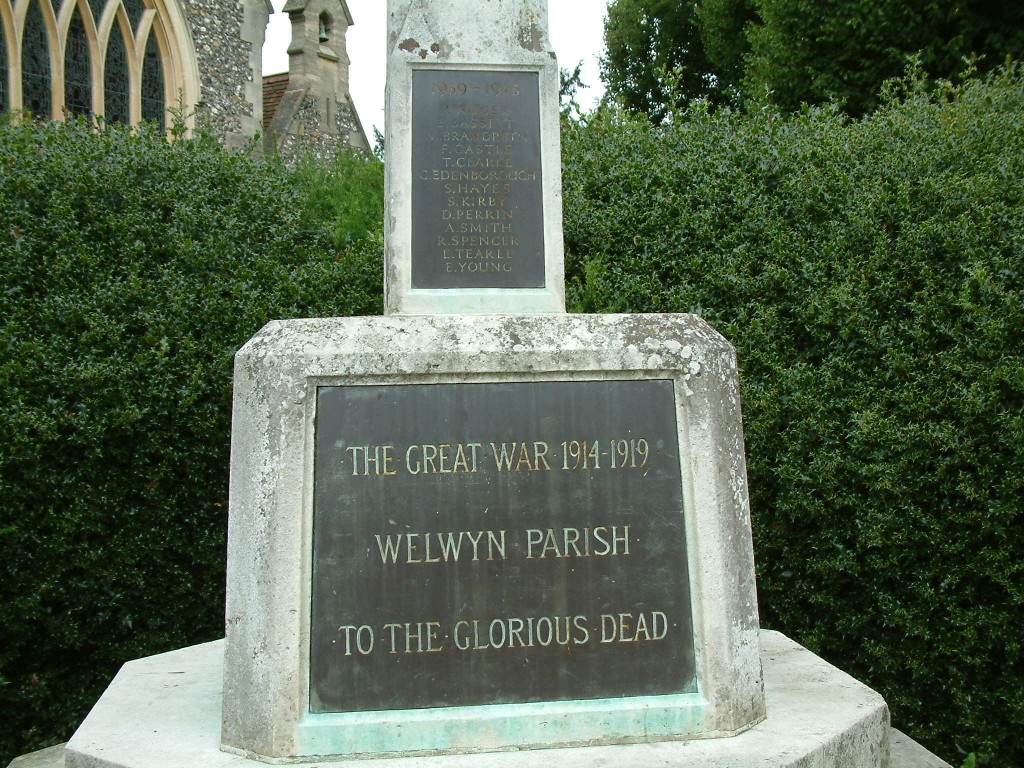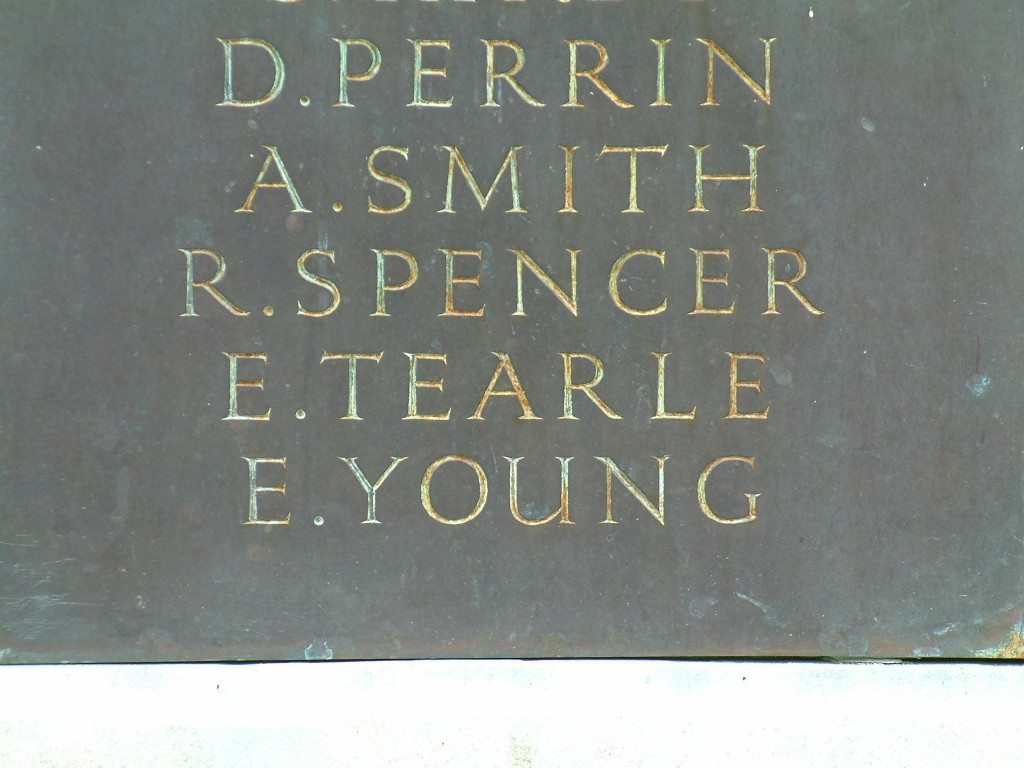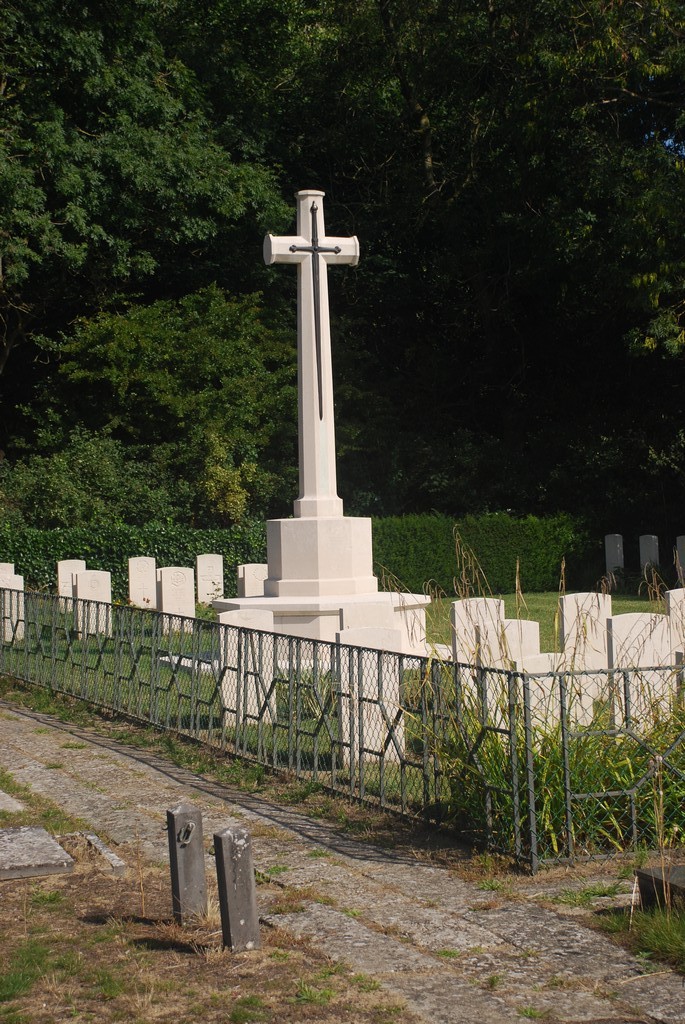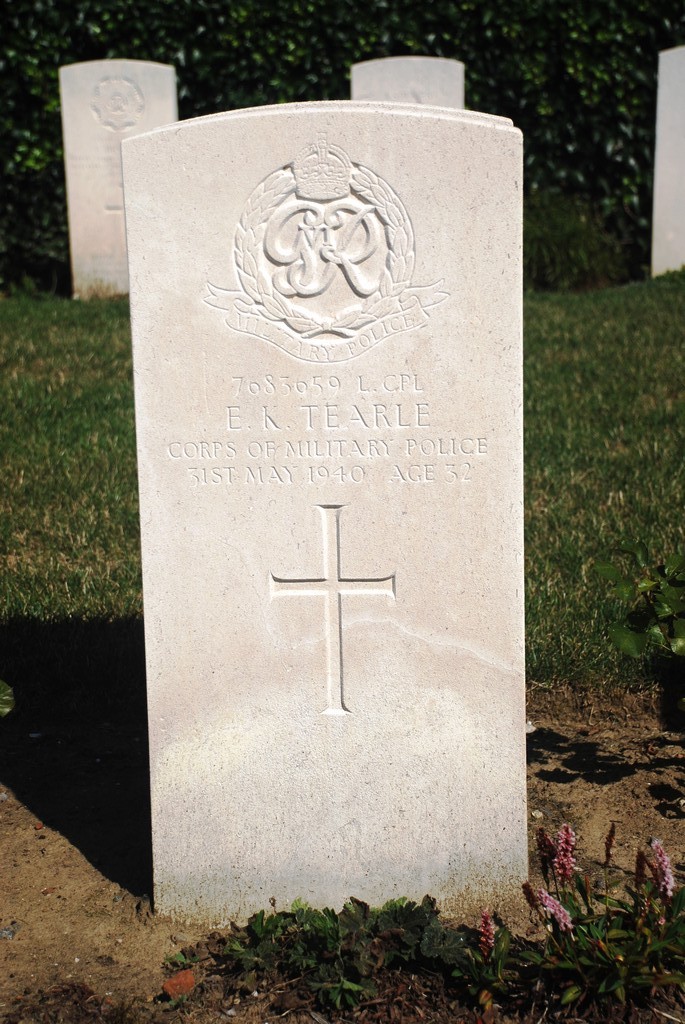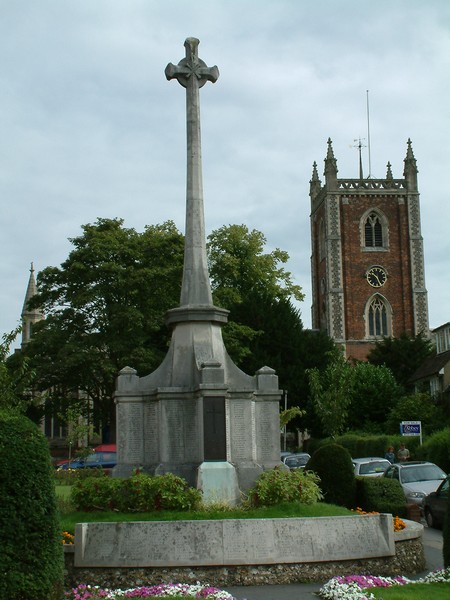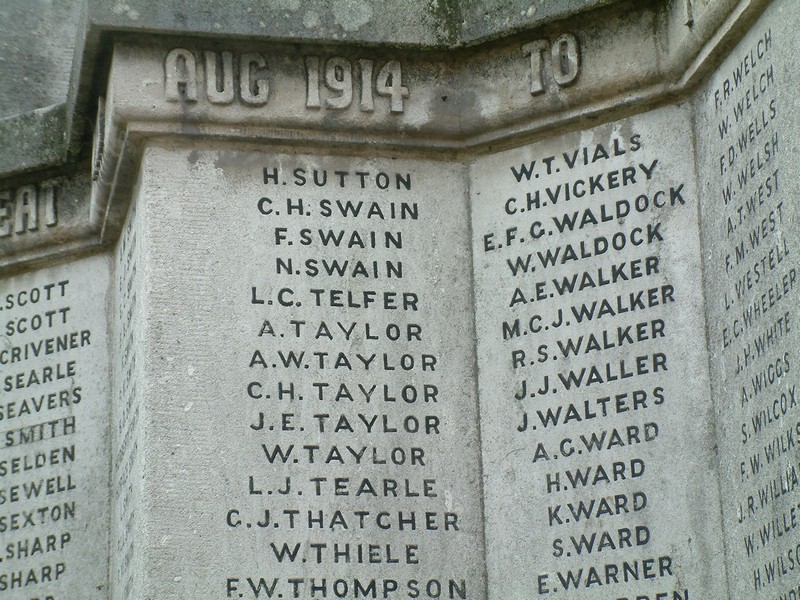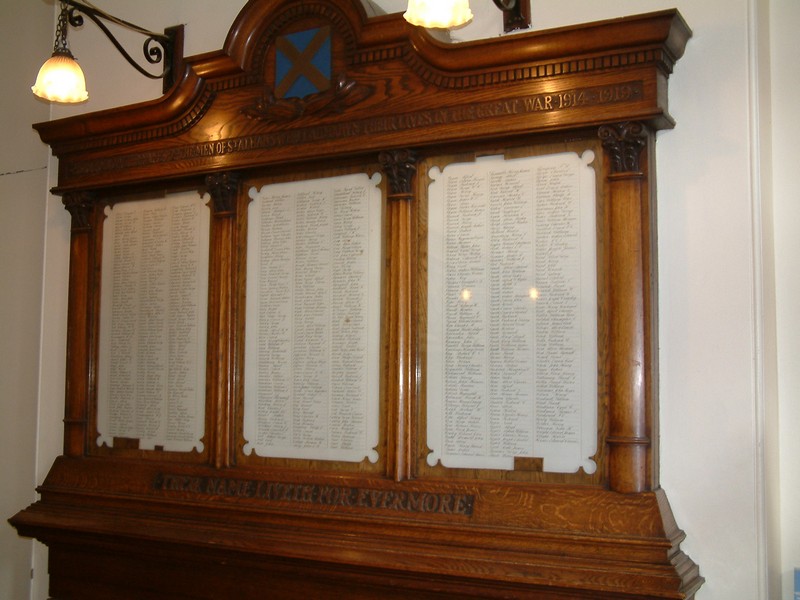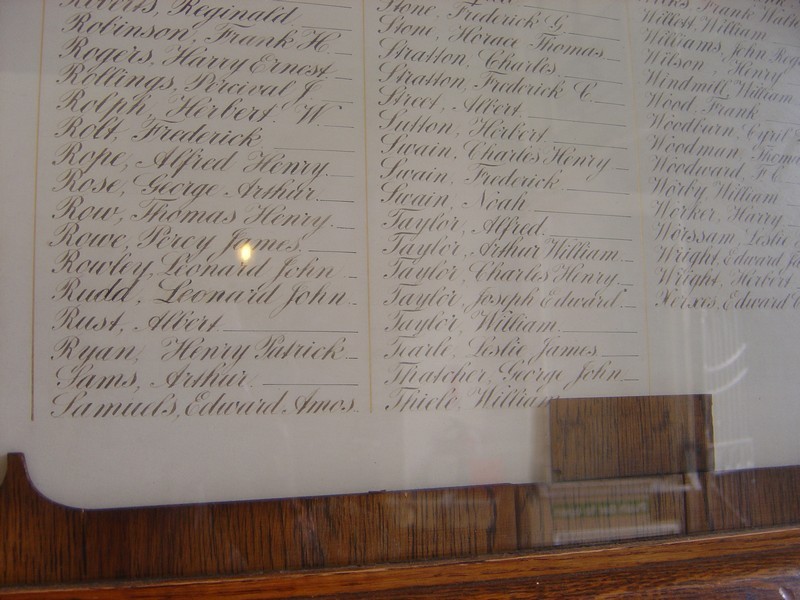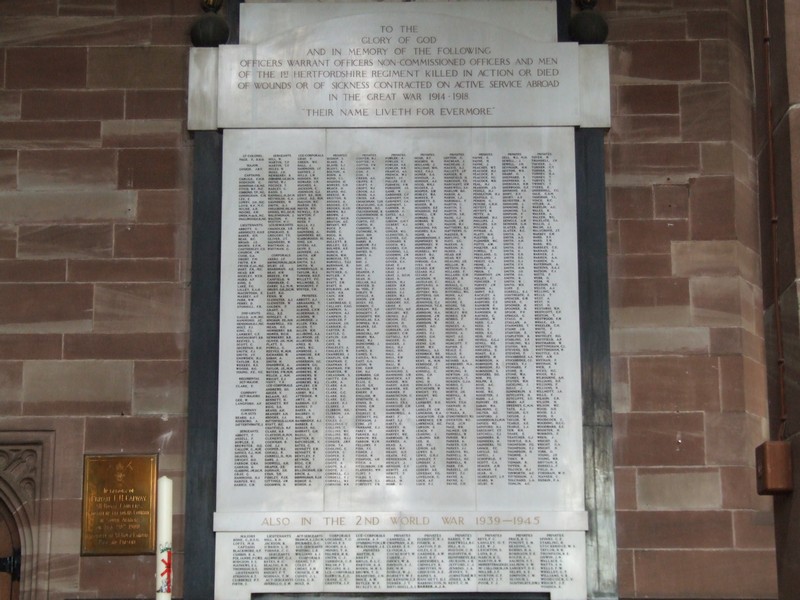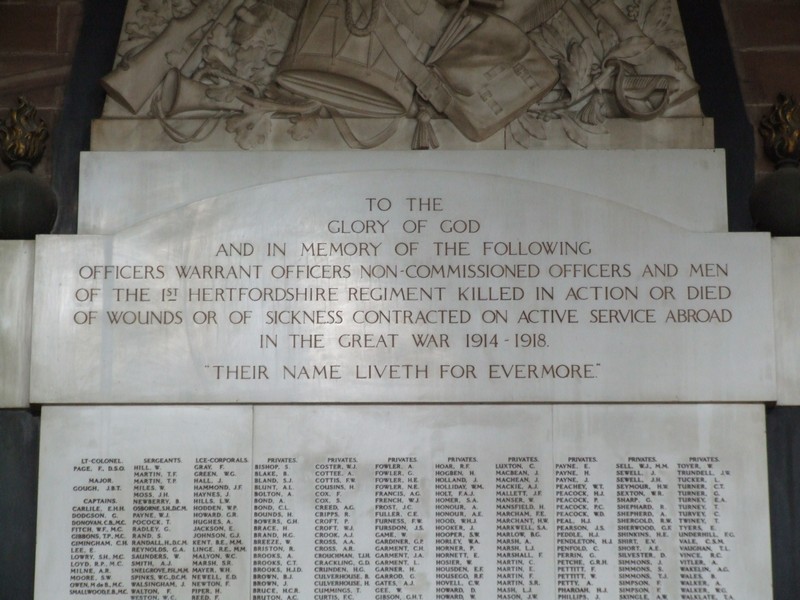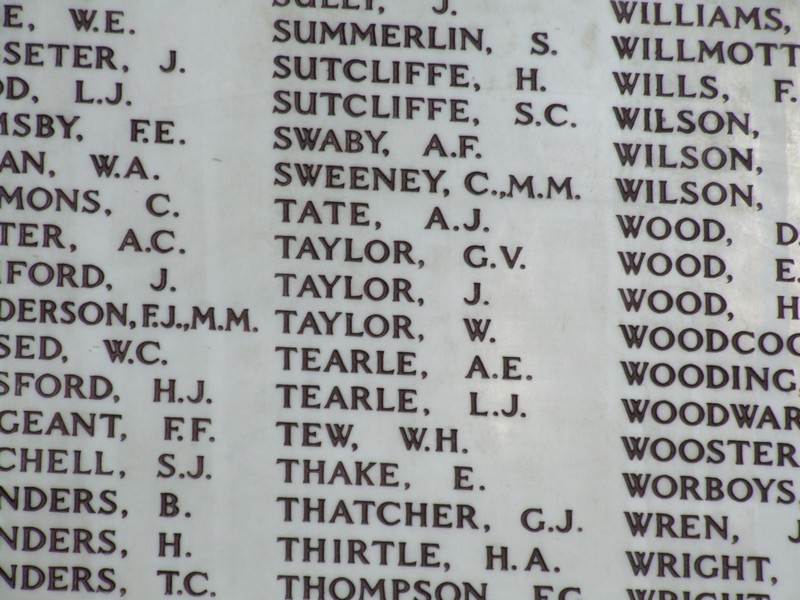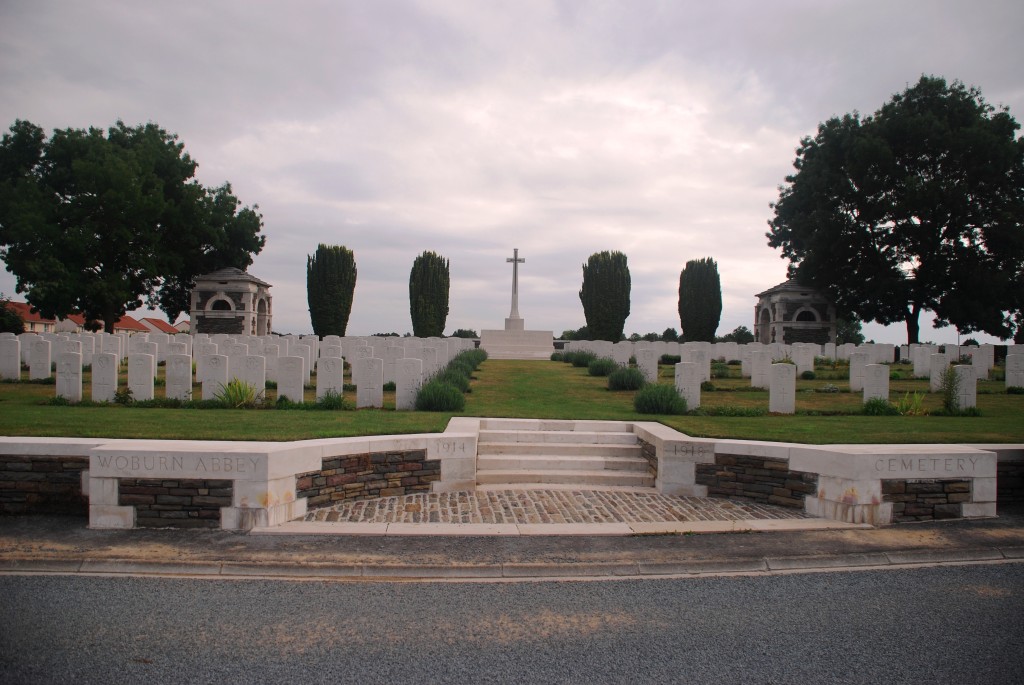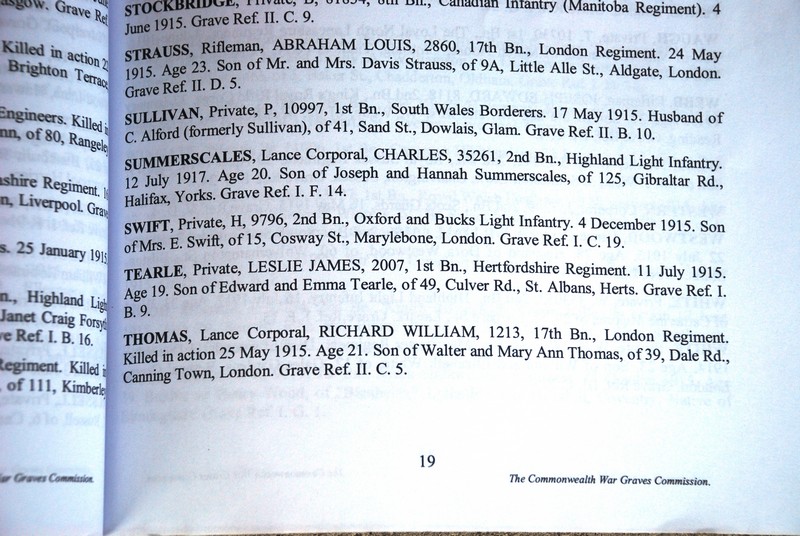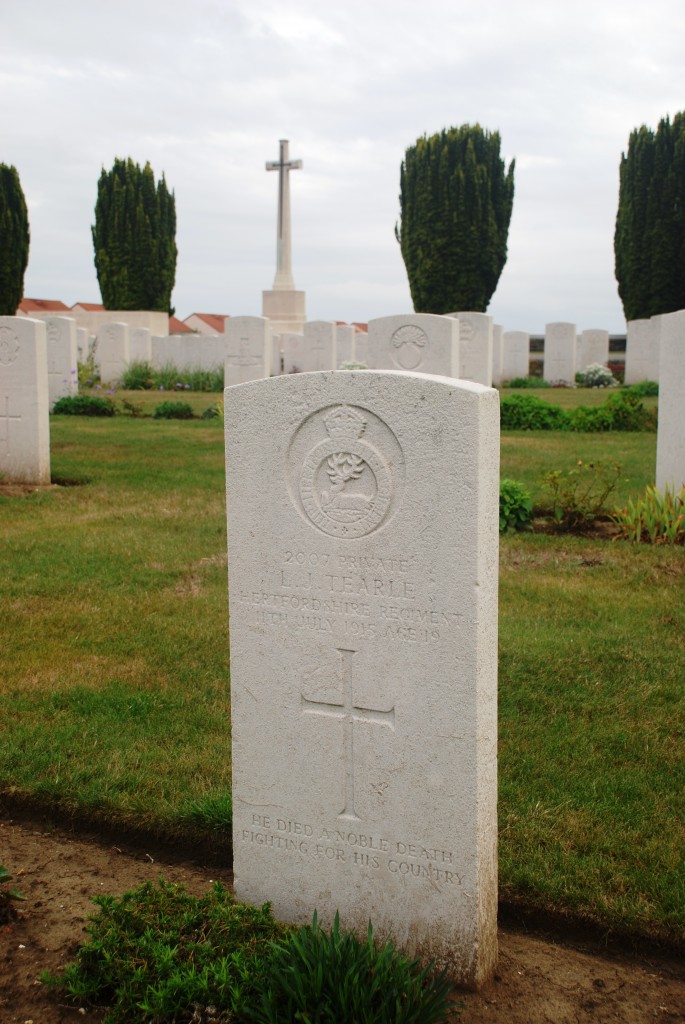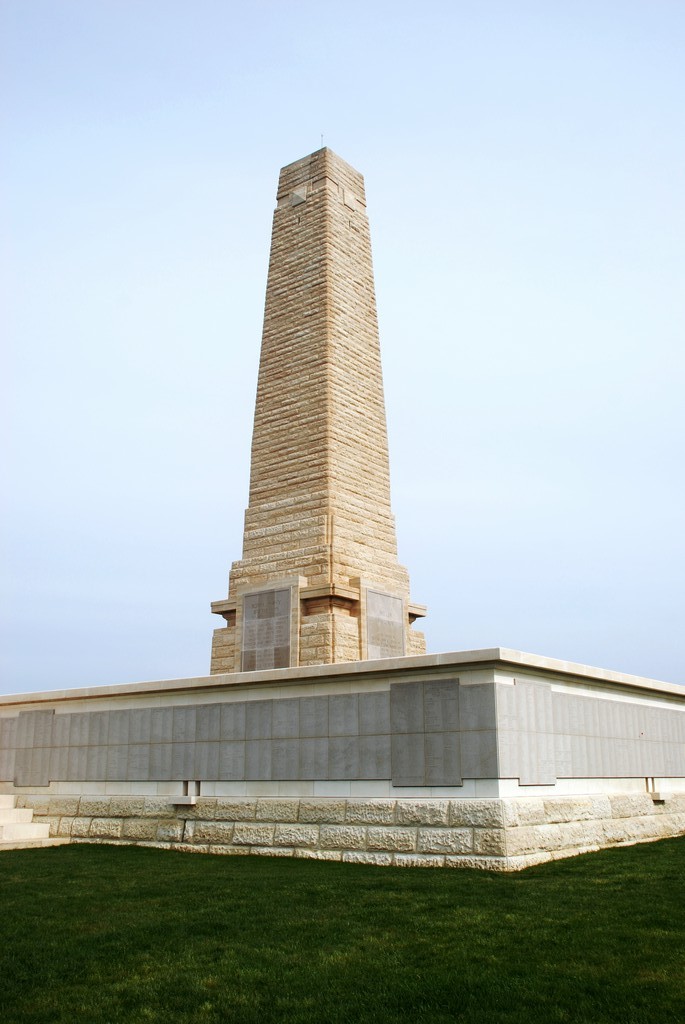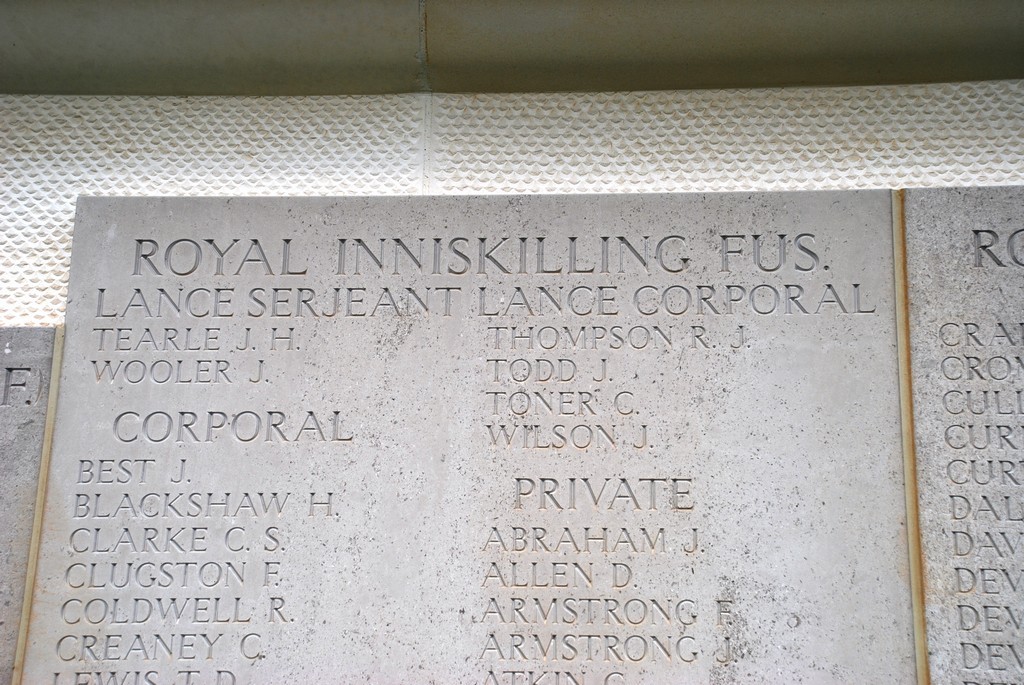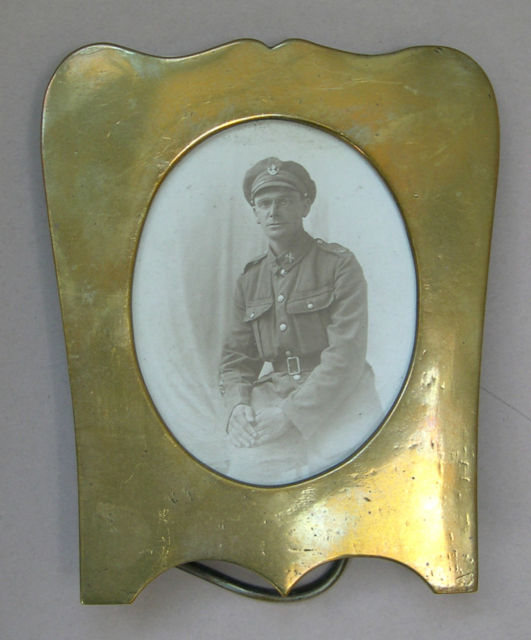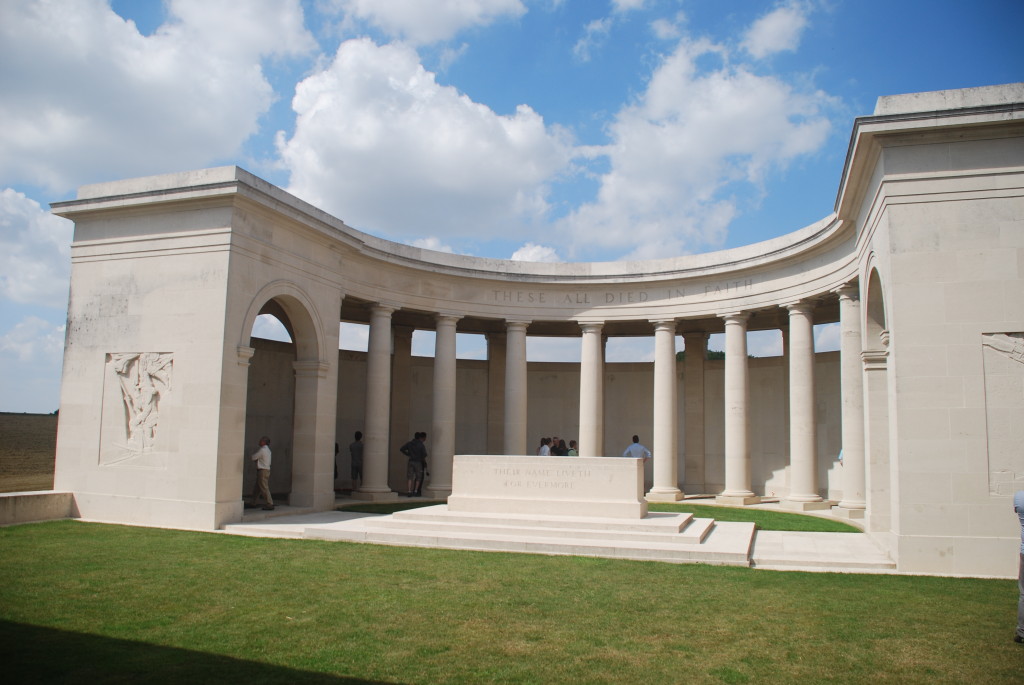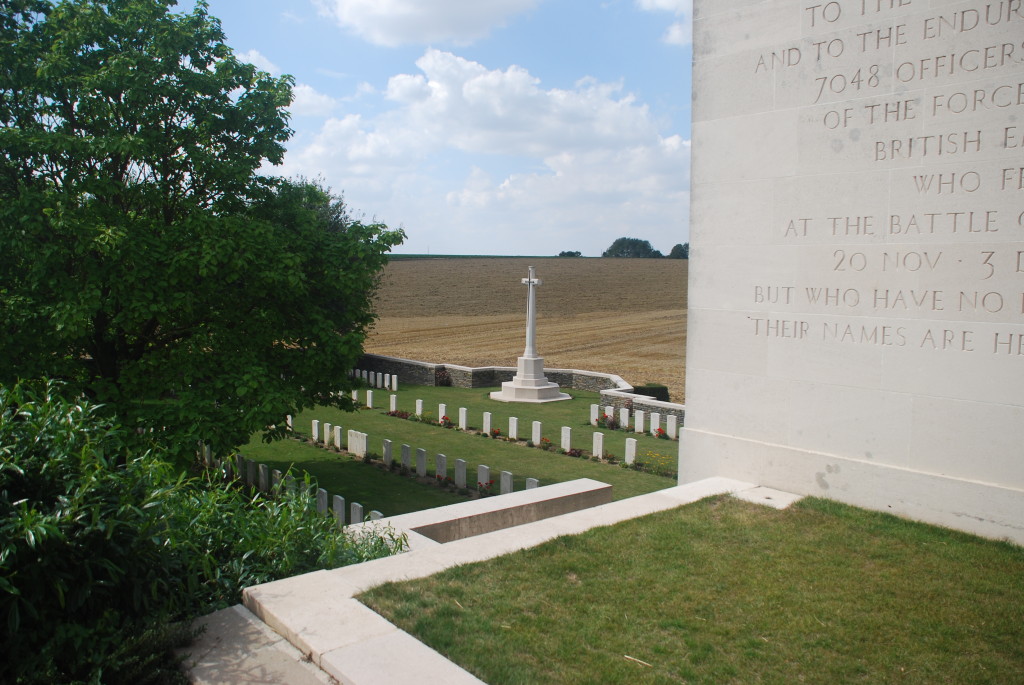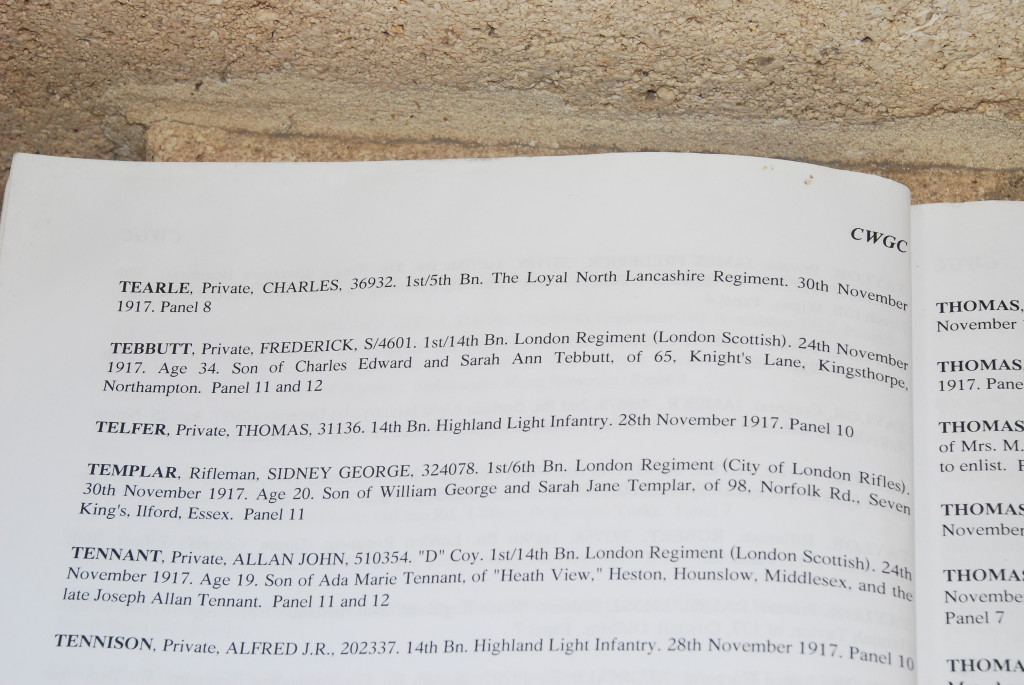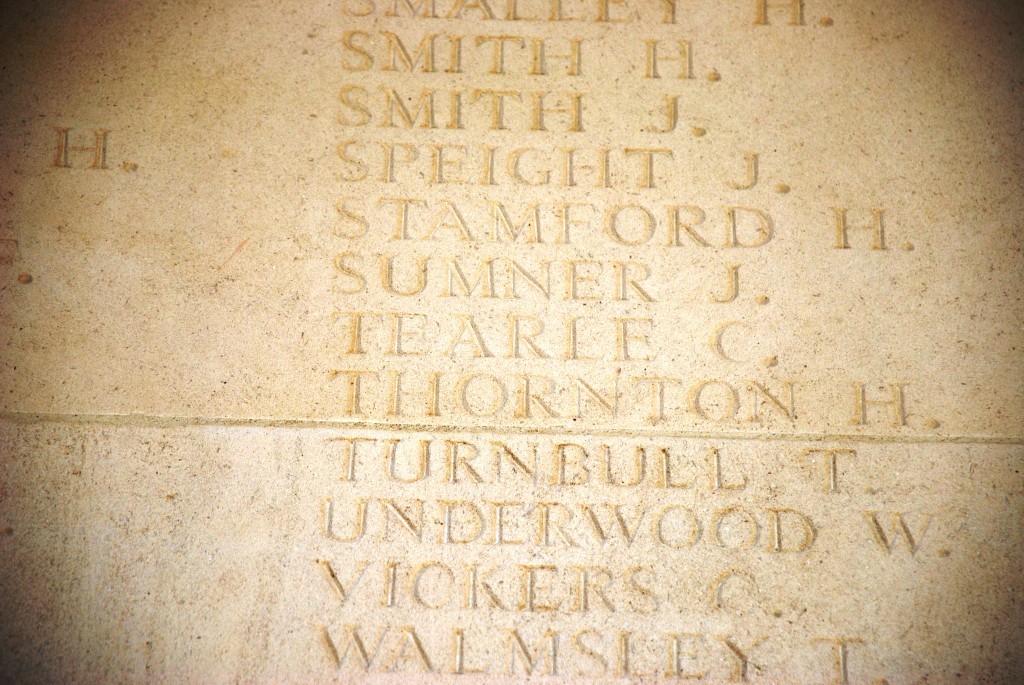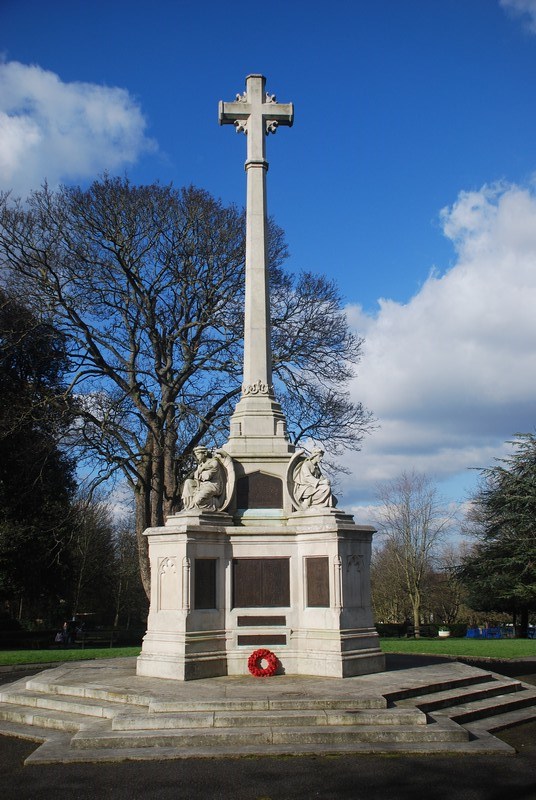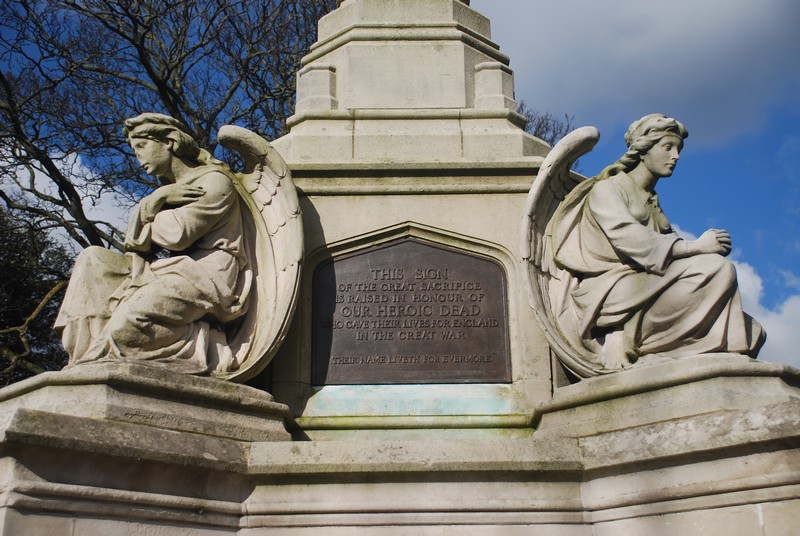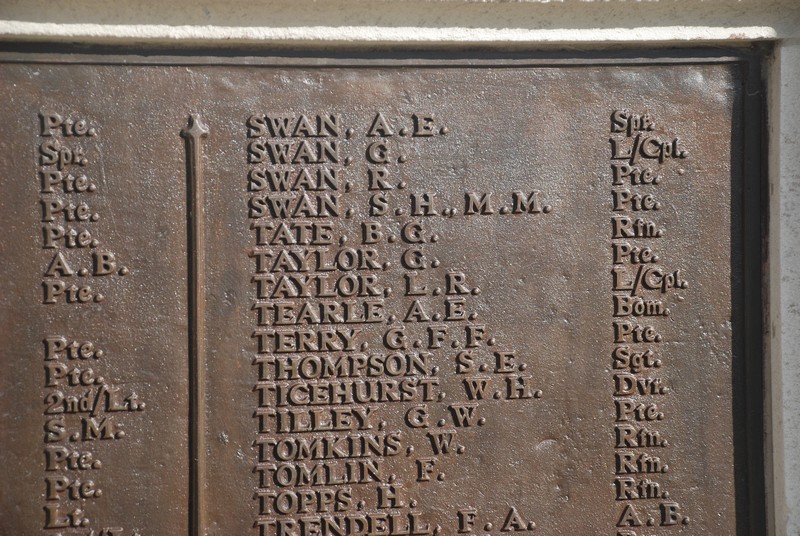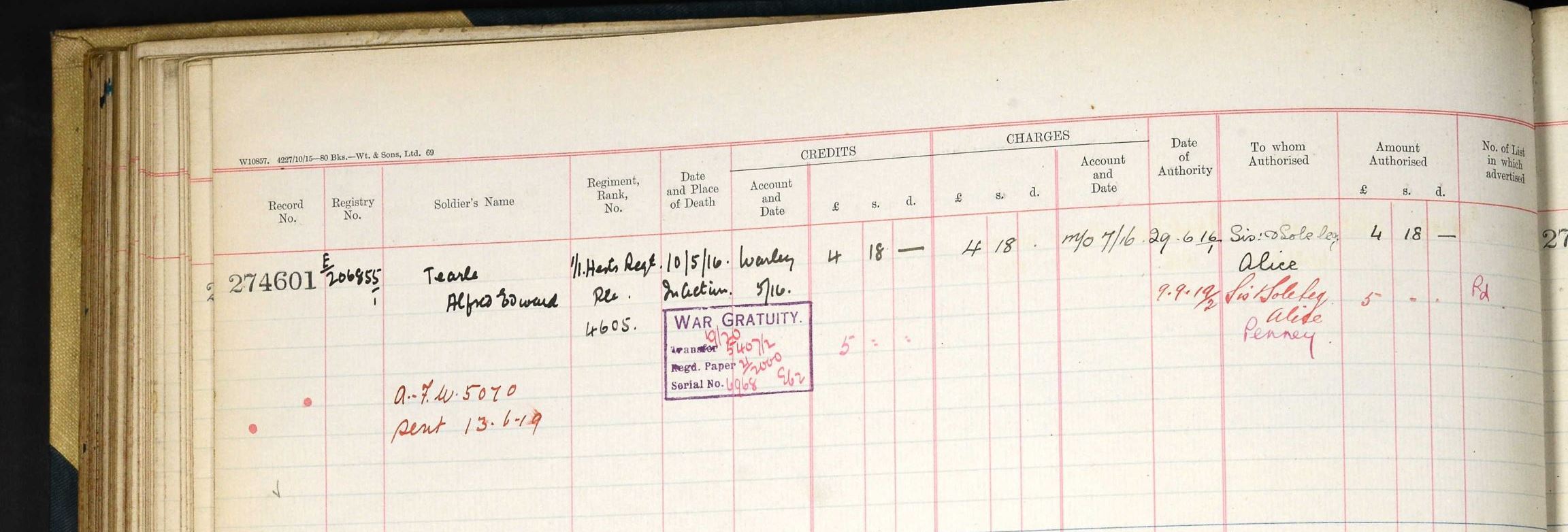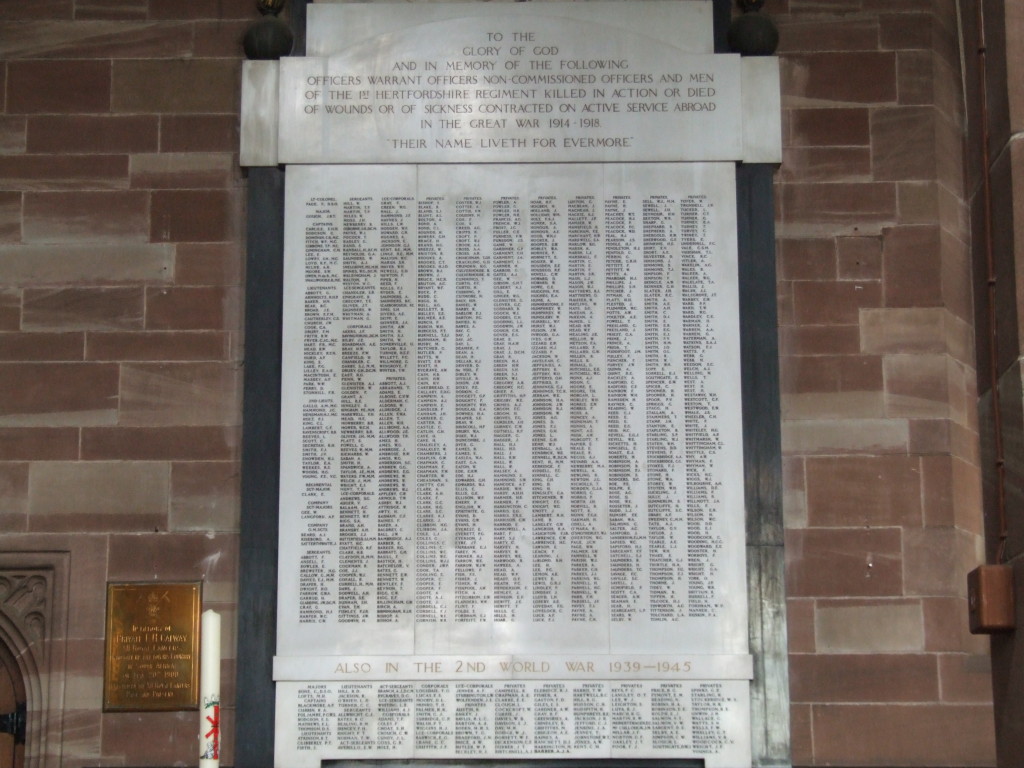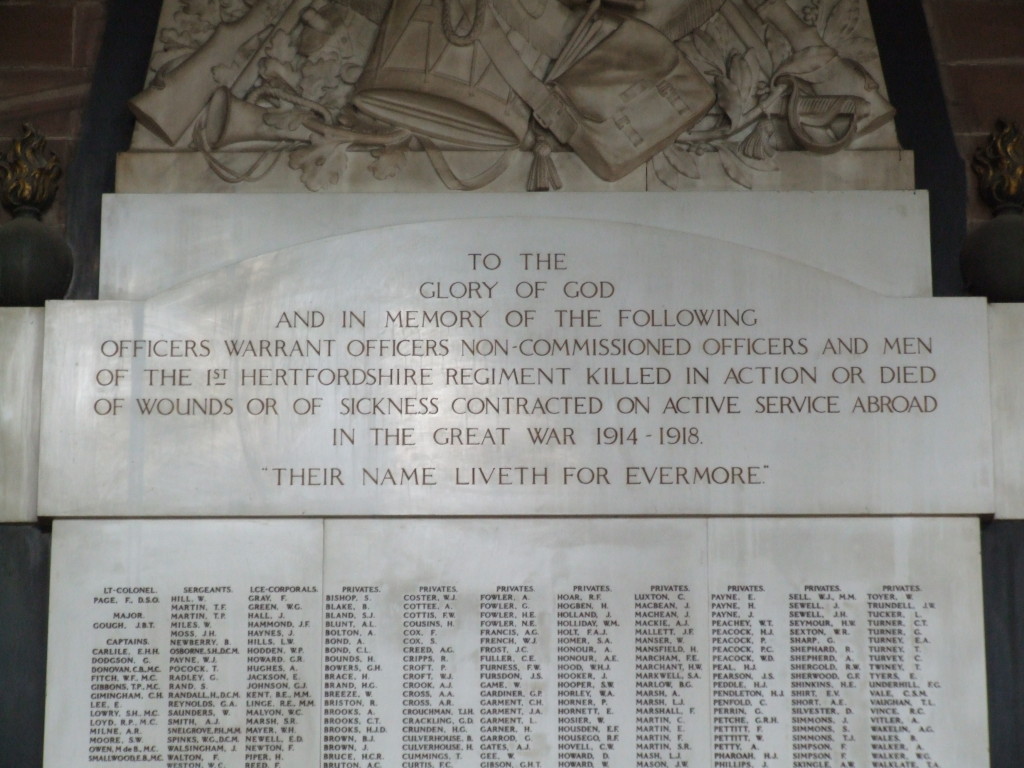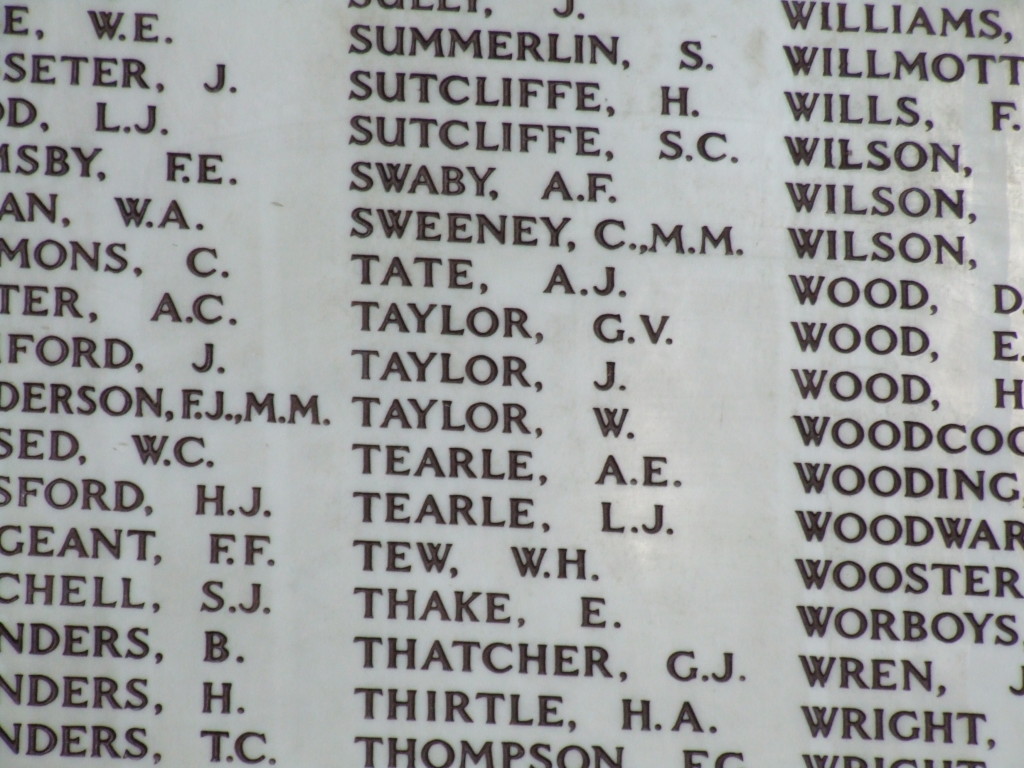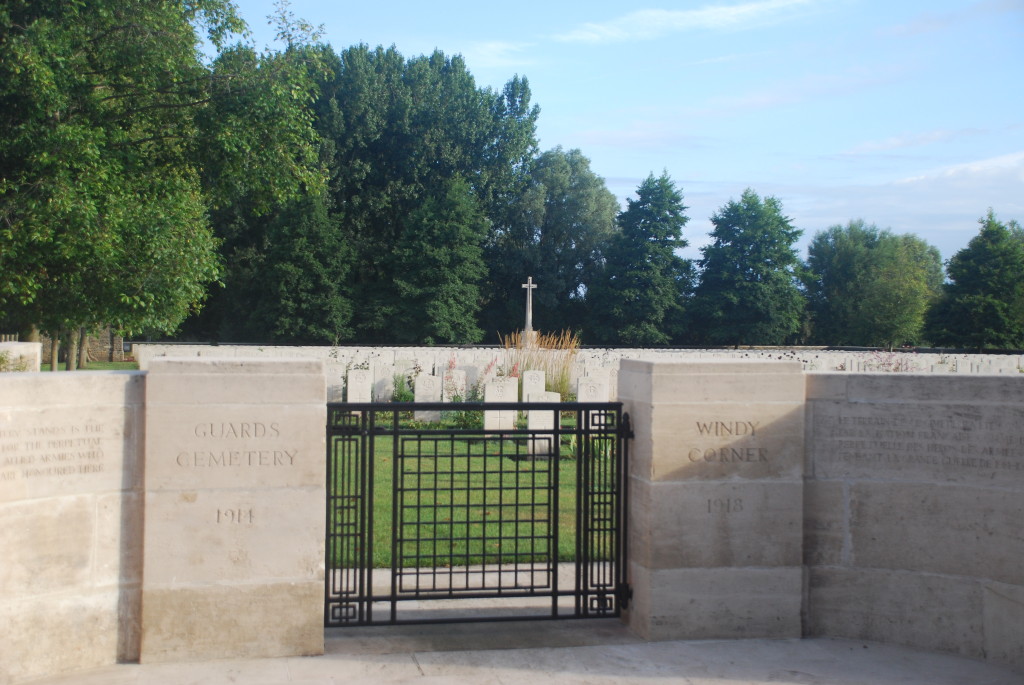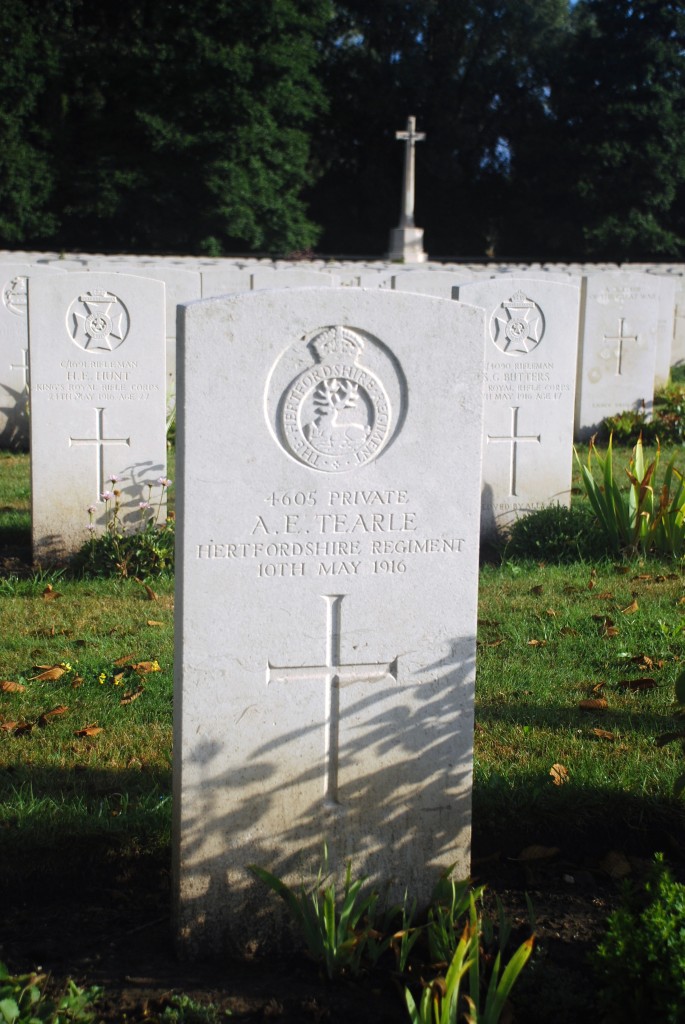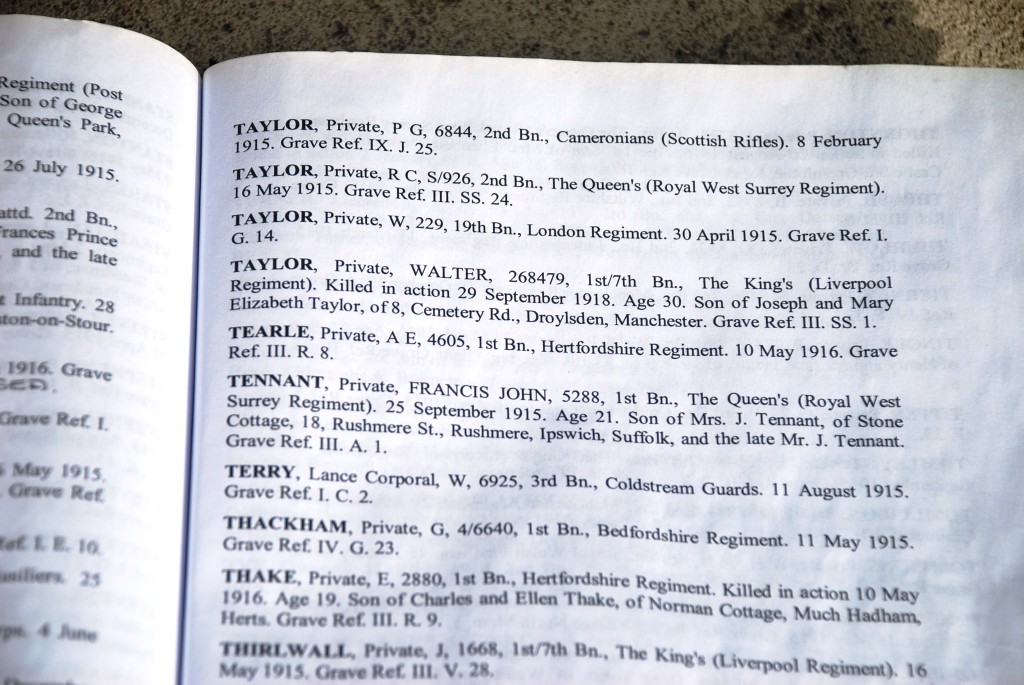I have been working on the difficult task of drafting a chart that shows the Tearle family tree from its beginnings in Stanbridge, to the middle of the eighteenth century. The sole criterion was that the line of Tearles it described had to be unbroken, from the first name to the last. Barbara Tearle of Oxford started the project off by posing a scenario that was solidly rooted in fact, but sounded like the start of novel:
Jan 2006:
“In 1610 John Tearle, yeoman of Stanbridge, bought land in Stanbridge. He could have been making this purchase near the beginning of his farming career, or more likely near the end. He could have been anywhere in age between 25 or 50. He could have had a young family or a grown family.
There is a marriage of John Tearle to Joan Hale in Upper Gravenhurst in 1607. The Stanbridge PRs show baptisms of children to John Tearle from 1611 to 1618, but they are incomplete for the next few years.
In 1653 John Tearle yeoman of Tilsworth (wife Joan) settled the same land on his son Thomas and his new wife Mary Smallbone. Also involved was William Tearle of Stanbridge and there is a reference to a John Tearle of Stanbridge who may be a different person from John of Tilsworth.
Is the newlywed Thomas Tearle son of John bap 1618? If so, he would have been 35 when he married. Rather late, but they were troublesome times and people might have put off marriage.
In 1699 Thomas Tearle of Stanbridge transferred the land to Thomas Tearle jr. of Hockliffe and John Tearle of Stanbridge. If this is the same Thomas who married in 1653 he would have been 81. Is this likely or is there another generation? One of the witnesses was William Greenhough who then grants a mortgage to Thomas Tearle sr. and jr.
Using William Greenhough as a point of reference, Thomas Tearle who transferred the land, is the testator of 1699 who died in 1704. As the testator’s sons were Thomas and Joseph, the John Tearle mentioned in the transfer is probably from a different family. He may be the John Tearle who made his will in 1701, who is from a different family because he only mentions one brother (Thomas) and different sisters and brothers-in-law.
In 1717 Thomas the new landholder of 1699 and his brother Joseph remortgaged to Elizabeth Haines. This may confirm the identification of the two Thomases as the testator of 1699 and his son.
In 1732 Joseph Tearle dies and his son Thomas administers his property. The various mortgagings until the sale of the land in 1788 show that this Thomas was married to Mary and that his son was Joseph who was married to Phebe Capp.”
I mulled this over for a long time and slowly gathered the documents together that would allow me to draw my chart. Barbara had provided me with an outline, but I needed much more. The only documents extant from the period are the parish records of Stanbridge Church, (hereinafter referred to as the PRs) the wills left by some of the men Barbara had mentioned, and some land transfer documents that mentioned Tearle owners or neighbours. All of these documents are held by BLARS, the Bedfordshire history centre in Bedford, and each is numbered. I shall be quoting those numbers throughout this account. There is also an excellent book on the subject of Tearle history called TEARLE, a Bedfordshire Surname, written by John L Tearle. I shall refer to his book as JLT, plus relevant page numbers. Since most people who own the book have the 2nd Edition, then that is the one the page numbering refers to.
There is also a convention I use that gives a man’s name and birthdate as a short code, such that a Thomas Tearle born in 1709 will be referred to as Thomas 1709, if he marries then he and his wife will be referred to as Thomas 1709 and Mary, nee, her maiden surname. If there are various people from different places, then their place name will also form part of their identifier. So this man would be Thomas 1709 of Stanbridge, or shortened to Thomas 1709 Stbg, and he and his wife will be referred to as Thomas 1709 Stbg and Mary nee Sibley. I have not seen this convention before; I had to develop it to give a unique but plain English identifier to the people who will be mentioned in this chart. I shall be using the convention here.
To return to Barbara’s outline, then, I found the baptisms of children of John 1610 and Joan nee Hale in the Stanbridge PRs:
1611, February 28, Elizabeth, daughter of John Tearle.
1614, July 22, Susannah, daughter of John Tearle
1618, September 20, Thomas, son of John TARLE
If we now look at JLT pp67-69, the author asserts that these are the children of John 1585 and on p68 he states that we should look for a son John who was born in 1610 (ie be the firstborn) who would inherit the property coming down from his father. There is plenty of time between the marriage in 1607 and Elizabeth’s birth in 1611, for a firstborn son, John. If the man buying land, above, is indeed John 1585, then in 1653 his son John 1610 is settling the land he inherited onto his son Thomas who had just married Mary Smallbone. This means that BOTH John 1685 and John 1610 married a Joan.
It also means that John 1610 is a grandson of John 1560. It further means that John 1585 is alive in 1653 (he’d be 68, not impossible) or there must be a will or land transfer document missing that transfers the land to John 1610.
I have checked the BLARS documents that Barbara referred to in other correspondance (for example GA 499) and the question Barbara posed above with regards to John who died and left a will in 1701 was answered just a little later – this John is the son (1654) of Thomas and Mary nee Smallbone.
William Greenhough is probably the one who married Alice 1682, the daughter of Thomas 1655 (the elder) of the 1704 will.
There are four men mentioned in GA 501 who are quite similar to the names in the Poll Books of 1695 –
William Tearle of Stanbridge
John Tearle of Stanbridge
John Tearle of Stanbridge, son of Thomas (John 1653-1701)
Thomas Tearle of Stanbridge (Thomas 1632)
In this list “John Tearle of Stanbridge, son of Thomas” is surely the son of “Thomas Tearle of Stanbridge”, so there should be a Thomas, son of John
Thomas 1655 who died in 1704 had a wife Mary, but she certainly was not Mary nee Chynn. I have checked the online (Ancestry.co.uk) trees and Mary Chynn is universally noted as marrying on 24 July 1660. This was the date Thomas 1632 married Mary Quinney. No-one quotes the actual record, just points to the Ancestry tree where it is stated that Mary Chynn married Thomas 1655. I have deleted the surname from this Mary in our Tree.
Disagreements and inconsistancies:
If (JLT p102) John 1667 is the author of the 1701 will, then Thomas his brother is Thomas 1674 (who married Sarah Pepyat) of the 1720 will.
However
Barbara says the author of this will is John 1654, the son of Thomas 1632 and Mary nee Smallbone. So that means that there is another generation and the wife of William Greenhough is Alice 1620, the daughter of John 1654. Also, we have a timeline for John 1667 from the Stanbridge PRs:
Baptism
1667, October 2, John son of John Tearle
Burial
1699, May 8, John Tearle
So I think that Barbara is correct.
On p102, John L has a tree starting with John 1610 and another starting with John 1620 (which goes back to John 1560 on p92) but he does not assert that this is the John 1610 he was keeping an eye out for on p68. What if this is that John? What if this man was the John Tearle whom Barbara introduced who was buying land, or possibly increasing his holdings, in Stanbridge, for his brand new son, John 1610, and future children, now that he was married?
Both William 1620 and John 1620 are placed on the Tree as possible sons of John 1585, but if we place John 1610 as the elder brother of Elizabeth 1611, and both as children of John 1585, then detach John 1620, it might make the above story much less complicated. It certainly is not an impossible scenario, since in Stanbridge in 1704 Joseph and Alice nee Hyde are christening their daughter Mary and in 1701 and 1706 Thomas and Sarah nee Pepyat are christening their new children; this is a clear sign of these two families living and working in the same village at the same time.
Here is the story as I now see it.
GA 500: in 1607 John Tearle marries Joan Hale and in 1610 he buys a parcel of land in Stanbridge from Alice Iremonger more or less coinciding with the birth of his first son, John 1610. There is no record of how John raised the £310 to buy the land. This man is John 1568, son of John 1560. John 1610 as his son is postulated by JLT p68.
During his life he wills the parcel to his son John 1610 and subsequently dies. This is probably the only way the parcel could pass to John 1610 (unless there is a land transfer document missing) because John 1610 was too young to buy the property from Alice Iremonger himself.
GA 501: in 1653, John 1610 sets up a trust with William 1620, his brother, and John 1620 of Stanbridge who is a neighbouring landholder, to hold the land until both he and his wife Joan are deceased, then to pass it to Thomas 1632 and Mary nee Smallbone.
Barbara notes the four adult male Tearles of 1653: John 1610 of Tilsworth, Thomas 1632 his son, William 1620 his brother and John 1620 of unknown parentage, but who must be closely related or he would not be so trusted.
Again, the land in GA 501 must have been willed to the next owner, because in 1699:
GA 502: Thomas 1655 is transferring the parcel to his son Thomas 1678. The John Tearle mentioned is his brother John 1653 (of the 1701 will) and William Greenhough is the husband of Alice 1682, the sister of Thomas 1678 ie Jnr.
GA 503: father and uncle assure the right of the property to Thomas 1678
GA 504: The property is mortgaged to Williamm Greenhough, but through Alice, it is still in the family…
Then in 1717
GA 505: The will of 1704 by Thomas 1655 gives the land to Joseph 1676 (and Alice nee Hyde) on production of a male heir, and so it passes to his son, Thomas 1709, via GA 507, 508 and 509.
1742
GA 513, the property is held by Joseph 1737 and Phoebe nee Capp, as well as Mary nee Sibley, Joseph’s mother, wife of Thomas 1709.
1778
GA 515 to GA 521 the property is sold off and Mary dies a “pauper” – in other words, she is on parish relief, as per the Stanbridge PRs:
Burial
1792, March 15, Mary Tearle, widow, pauper.
I have cross-referenced a couple of things to see if I am consistent and compared GA 502 (1699) with the Poll Book of 1695:
GA 502:
1. Thomas Snr
2. Thomas Jnr, of Hockliffe
3. John T
Poll Book:
4. William T
5. John T
6. John, son of Thomas
7. Thomas
Who are these men?
1.Thomas 1655
2. Thomas 1678
3. John 1653 (of the 1701 will) brother and uncle to 1. and 2. respectively.
4. William 1656, brother of John 1653 and Thomas 1655; but might also be William 1649, or even William 1670.
5. John – poss John 1667.
6. John 1653 (of the 1701 will) the only John, son of a Thomas alive at that time.
7. Thomas – this is not John’s father Thomas 1632, otherwise the land would still be in trust. It is Thomas 1655 because he still held the land and thus probably got the vote. It is likely that Thomas 1678 did not at that time hold the land, so he may not have qualified.
I have not turned the world on its head with this view of the top of the tree, I just think it looks more likely that John 1560 begat John 1585 who begat John 1610 and so on down to us. That still leaves John 1620 in a tree of his own, along with Thomas 1674 and Sarah nee Papyat in a tree that grows parallel to ours and within which lives the charismatic Nathaniel, so I have called this nearby tree Nathaniel’s Tree. I was hoping that the view I had would amalgamate the two trees, but John 1610 and John 1620 cannot belong to the same parents and there is no grandfather for John 1620 to provide an ancestor who would unite the two trees. I notice that on page 102, JLT has them on separate trees, so that would appear to be the natural order of things.
The essence is that if John 1610, as the first of the children of John 1585, is more likely than John 1620 being the last of them, then our Tree starts with John 1560, not John 1610, and Nathaniel’s tree starts with this John 1620.
GA499 onwards give us the proof, which is that John 1610 is the first recipient of the parcel that was bought in 1563, so it follows that he was not the original purchaser, which then has to be his father, John 1585. The rest – from John 1610 all the way to Thomas and Mary nee Sibley, simply follows.
So our Tree is:
John 1560
John 1585 and Joan nee Hale
John 1610 and Joan
Thomas 1632 and Mary nee Smallbone
Thomas 1655 and Mary
Joseph 1676 and Alice nee Hyde
Thomas 1710 and Mary nee Sibley
and from the link below you can download the pdf of the chart of the descendants of John 1560 to the children of Thomas 1710 and Mary nee Sibley. This is the Top of the Tearle Tree and you are welcome to download it, print it, paste it up and frame it on the wall of your living room. It is from here that we trace our ancestry and it is from this village in central Bedfordshire that we made our way into many countries all over the planet. But even today, there are more Tearles in the countryside around Leighton Buzzard, Luton and Dunstable than anywhere else in the word. We are essentially a Bedfordshire, and indeed a Stanbridge family of rural folk who have worked the land as tenant farmers, and occasionally owners, until the last Tearle who lived in Stanbridge died in a cottage on the corner of Peddars Lane in 1956.
Reference:
Tearle, John L: Tearle a Bedfordshire surname, Lillydown House, 1996
